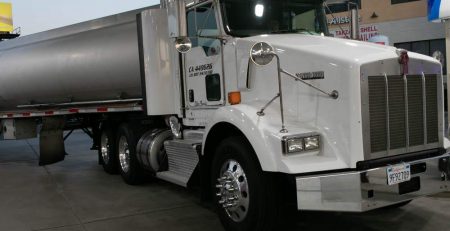What percentage of ATV accidents result in the death of the driver or passenger?

West Des Moines, IA – ATV crashes leading to personal injuries and death.
The percentage of ATV accidents that result in the death of the driver or passenger varies depending on the source of the data and the specific circumstances of the accidents. However, some general statistics can provide insight into the severity of these ATV mishaps and crashes:
-
Fatality Rates:
- According to the Consumer Product Safety Commission (CPSC), between 1982 and 2016, there were over 15,000 ATV-related fatalities in the United States. This averages to about 564 deaths per year.
- The CPSC reported an estimated 300 to 400 ATV-related fatalities annually in more recent years, though these numbers can fluctuate.
- The number of deaths caused by ATV or UTV crashes in the state of Iowa is increasing. In 2021, four people died as a result of an ATV or UTV crash. In 2022, the number jumped to 12. So far this year, 11 people have died in an ATV or UTV crash in the state, according to the Iowa Department of Transportation. Oct 25, 2023.
- According to the Iowa State Patrol, they link the increased number of ATV crash deaths to the new law that went into effect on July 1, 2022. That law expanded the places where ATV traffic is allowed. Quoted in an article by KCCI, an Indianola ATV repair shop sees five repair jobs from ATV crashes per year.
-
Injury to Fatality Ratio:
- Studies have shown that non-fatal injuries far outnumber fatalities. For instance, for every ATV-related fatality, there are typically hundreds of non-fatal injuries treated in emergency rooms. One study suggested that for every ATV-related death, there are about 10 to 20 hospitalizations and 200 to 300 emergency department visits.
- The U.S. Consumer Product Safety Commission indicates the following. The dangers of riding off-highway vehicles (OHVs) are real and include overturning, collisions, and occupant ejection. CPSC’s latest data show an annual average of more than 800 deaths and an estimated 100,000 emergency department-treated injuries involving OHVs.
- The CPSC has an OTV and ATV Safety sheet. You can find it by doing a simple search for CPSC and ATV safety.
-
Specific Studies:
- A study published in the Journal of Trauma and Acute Care Surgery indicated that the fatality rate among individuals involved in ATV accidents who were treated at trauma centers was around 2-3%.
- Other research has indicated that the overall fatality rate for ATV accidents might be less than 1% of all incidents, reflecting the higher prevalence of non-fatal injuries.
- There are certain parts of your body you need to be a fully-functioning adult in American society. Being alive is the first. Protecting your brain is second. And, protecting your spinal cord is third. Of course, simply to show up to work you have to be able to walk, talk and use your hands and arms. Thinking also helps.
-
Factors Influencing Fatality Rates:
- Age: Younger riders, particularly children and adolescents, have higher rates of fatality and severe injury.
- Helmet Use: Riders not wearing helmets are significantly more likely to suffer fatal injuries.
- Terrain and Speed: Accidents occurring at high speeds or on rough terrain are more likely to result in fatalities.
- Substance Use: Alcohol and drug use contribute significantly to the likelihood of fatal outcomes in ATV accidents.
While precise percentages can vary, it is clear that while fatalities are a serious concern, they represent a small fraction of total ATV-related incidents. The majority of ATV accidents result in non-fatal injuries, though these can still be severe and life-altering.
The Lombardi Law Firm is a personal injury firm with a long history of recovering substantial sums while caring about our client’s future. We have handled several ATV and UTV cases that included traumatic brain injuries and death. We would rather you did not have to call us, but if do and you have questions about your legal options, or would like to just talk with a lawyer, call the Lombardi Law Firm. There is no charge to talk with us. If we take your case, you will not be charged unless there is a recovery.











